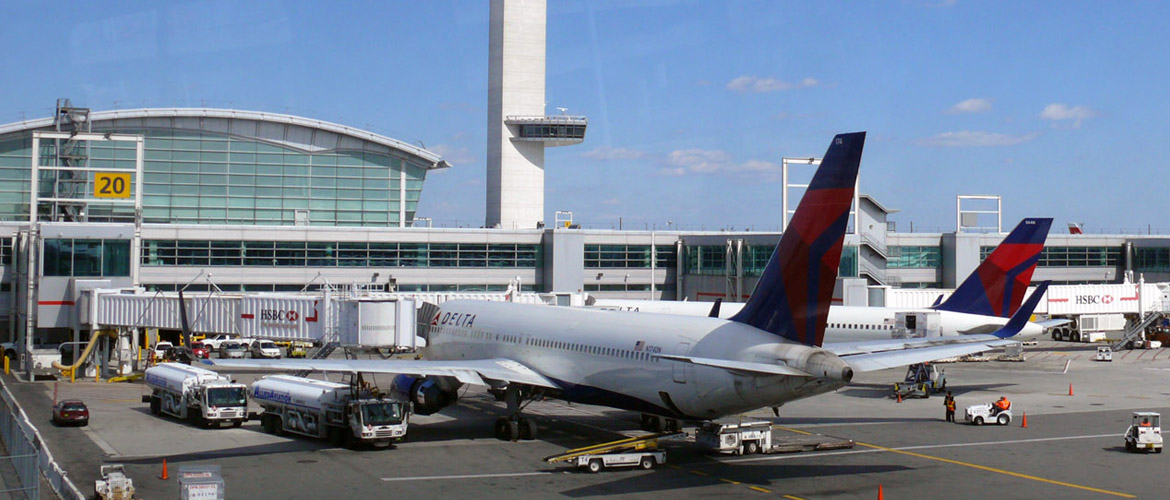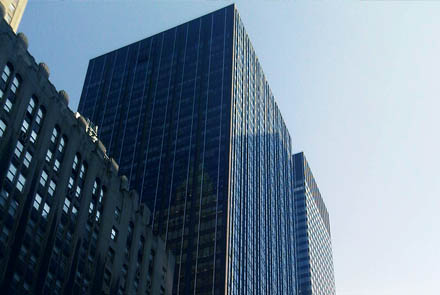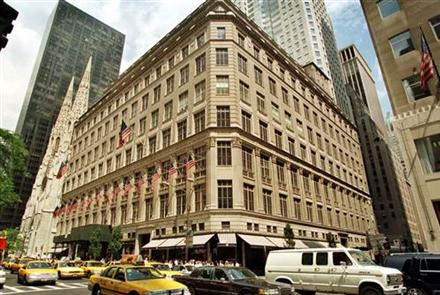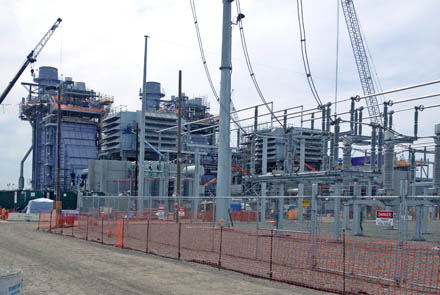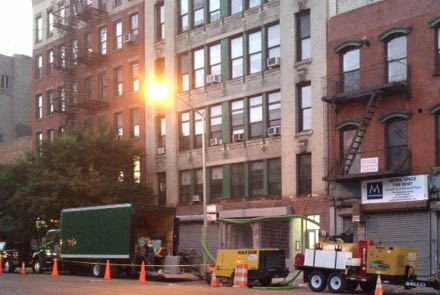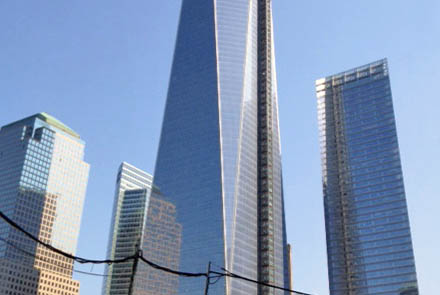JFK Airport
Project Details
Background:
The Port Authority of NY owns and operates JFK International Airport. They subcontract Calpine Energy Services, America’s largest generator of electricity, to supply their unique power needs. CES manages 83 power plants nationwide, including the co-generation and thermal distribution system at JFK.
CES brought their challenging, complex problem to Belco Pipe Restoration to resolve. Their several-miles-long, multiple-pipe underground water system was failing. Most of these pipes are essentially completely inaccessible, snaking under highways, tarmacs and terminal gates. Further compounding the issue, the exterior insulation for the thermal heating pipes failed. These pipes distribute superheated 250°F water and when tides rise, the exterior of the pipes get wet, creating steam vapors. These vapors further corrode the pipes, exacerbating the problem. The issue had gotten so out of hand that some passengers thought that smoke (actually steam) was coming from the planes! CES’ question was, “Can Belco lower the outside temperature of the piping system by applying a coating to the inside of the piping system?”
Belco offers many solutions and method of pipe lining. A forced air method was out of the question because of the diameter of the pipe and the temperatures were too high. Forced air should not be used for piping larger than 2-3 inches. Cured-in-place-pipe or CIPP was not a solution because the system was pressurized and the temperatures were too high. CIPP simply is not designed for pressure systems; it’s designed for DVW. The Spray-in-place-pipe or SIPP or spincast solution would be the only method able to provide a coating to the pressurized, large diameter piping.
Belco went to its coating manufacturers and asked if they had a coating that could solve this problem. One coating manufacture suggested we apply a coating that can be used as a thermal blocker. Once determined that there was a possible solution, Belco went back to the customer and proposed the custom solution, and associated cost. Belco offered to do the R&D, at no charge, to prove to the client and themselves that this solution would work, on the basis that the client and Belco would move forward with the project if Belco was able to meet the requirements to lower the outside temperature of the piping system.
The Test:
A boiler was set up to pump hot water through a lined pipe. The system was run for an entire 120 hour work week then shut down for the weekend. This testing process was done for four weeks. The weekend shut downs, cool down and heating up established our products excellent modulus of elasticity and expansion/contraction. The attached photographs detail this in a succinct detail. On this bench test, 245 degree water is entering and leaving this lined pipe. The outside pipe temperature is at 160 degrees. An 85 degree delta T, equals a 35% reduction. As this test pipe was lined with a 3 mil coating, it is our firm belief that the heat abatement properties would increase with an even thicker lining. Our case study provides a proof of concept. These established facts were submitted to Lockheed Martin, who represents Belco as a market partner with Con Edison in NYC for utility rebates.
The project, solution and its additional benefits:
This significant increase in system insulation values allowed chiller output temperatures to be raised, boiler temperatures lowered, and subsequent consumption to be lowered. Those cost saving values are merely on the heat transfer side of the equation; there are even more efficiency savings in store. Our pipe restoration services significantly increased the flow inside the carrier pipes, which on pressurized systems, reduces the amperage draw on the pumps. A 10% corrosion rate on pressurized systems increases pump horsepower draw 35%; a 50% corrosion rate logarithmically increases the HP requirement to 320%. This can also be explained using coefficient of friction (c factor) for pipe flow; a new schedule 80 pipe has a c factor of 90; new PVC is 120; corroded pipes can be as low as 10; and our restored pipes are at 110. The first of many sectional projects we tackled for them were the pipes at the terminal entrance for British Airways. Prior to our successful restoration work, steam could be seen coming through the sidewalks and once completed they no longer experienced this issue.
We have completed multiple sections of pipe sections with sizes varying from 10” to 36” and up to 500 feet at a time.
- Client: JFK Airport
- Lowered outside temperature of piping system by applying a coating to the inside of the piping system.
- Significantly increased system insulation values, remarkably increasing efficiency.

